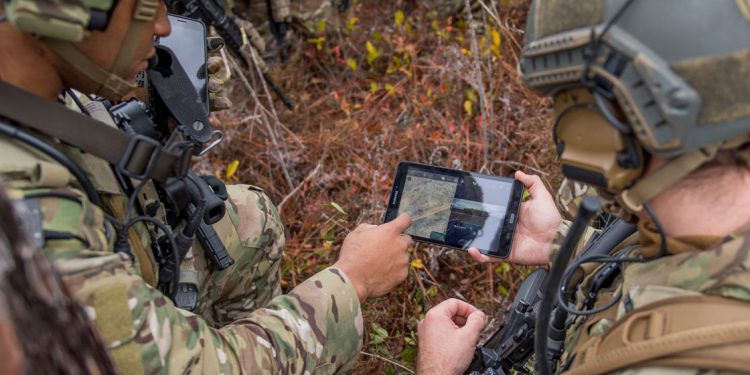MANET

5 reasons why mobile mesh is an essential military communications tool
As connected devices and the network-enabled platforms and weapons systems of tomorrow make their way into every part of the mission, many across the DoD are looking to the rapidly advancing commercial satellite industry and 5G networks to deliver the military communications that they require to operate. Unfortunately, 5G networks

Hot Take: Where should goTenna Pro X fall within a PACE Plan?
As part of the Hot Takes series, we’ll be taking a highly debated topic and exploring the pros and cons of both sides. During each debate, you’ll hear from goTenna Pro experts who offer hands-on experience from working with customers and deploying goTenna Pro X devices in the field. Cast

Tough Stump solutions take the “stumped” out of tactical edge connectivity
Network-connected mobile devices, applications, and other digital technologies are crucial components of almost every military operation or mission. Unfortunately, operations are often executed in environments that lack the terrestrial network infrastructures capable of providing the necessary connectivity to these mission-critical technologies. When warfighters are deployed in off-grid and austere environments

How the U.S. military helped develop mobile mesh networking
Mobile mesh networks provide device-to-device connectivity when centralized infrastructure is either unreliable or unavailable. Whether each network “node” is mobile or not, the defining features of mesh networks — decentralized, infrastructure-less, routing over multiple “hops” — have manifested themselves over the last several decades in different forms, for different applications,



